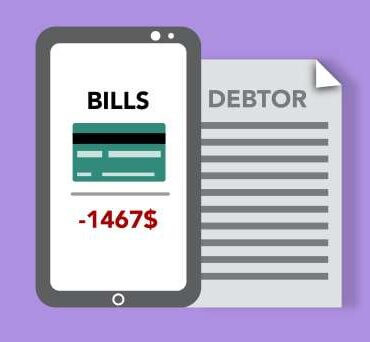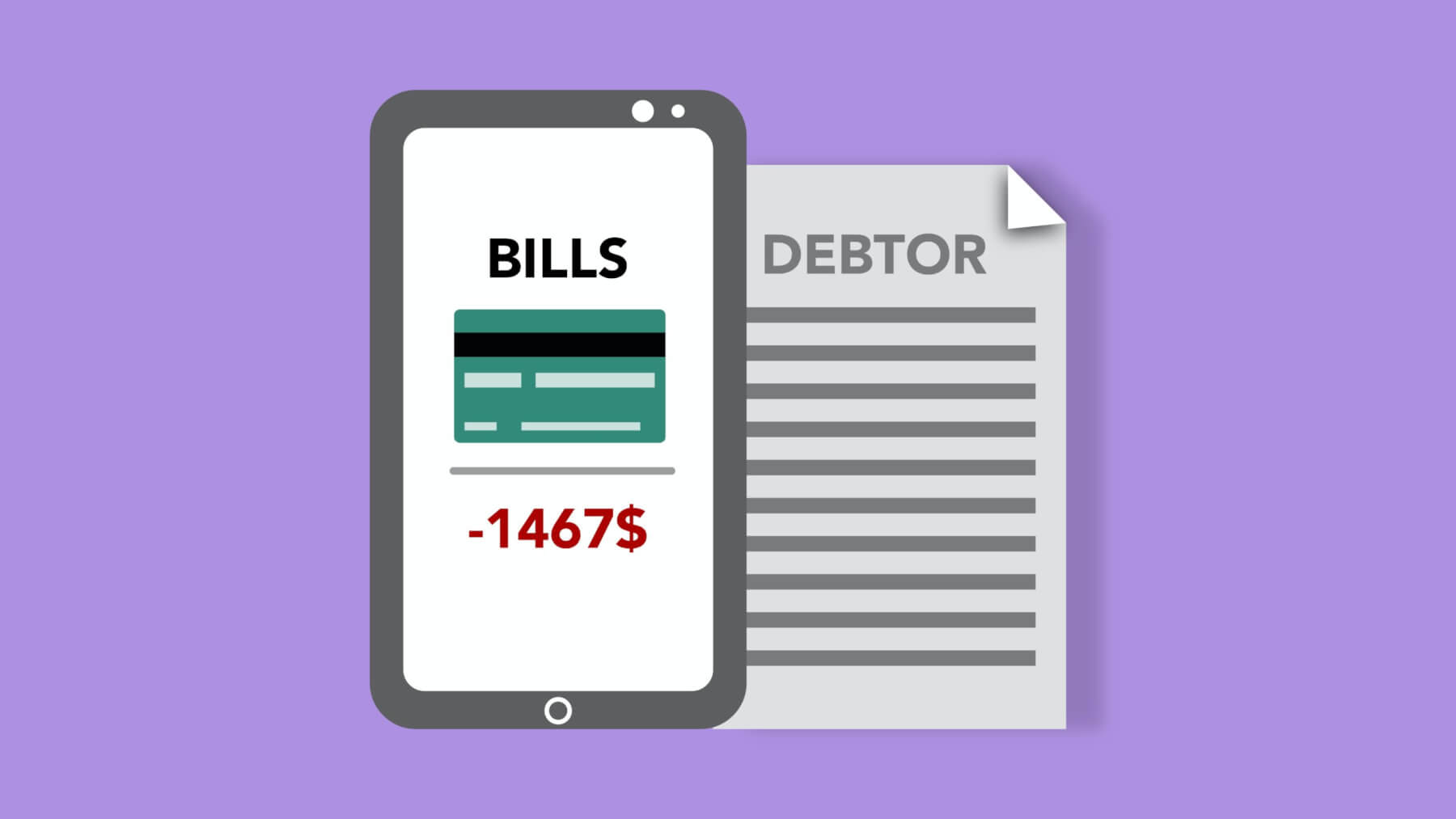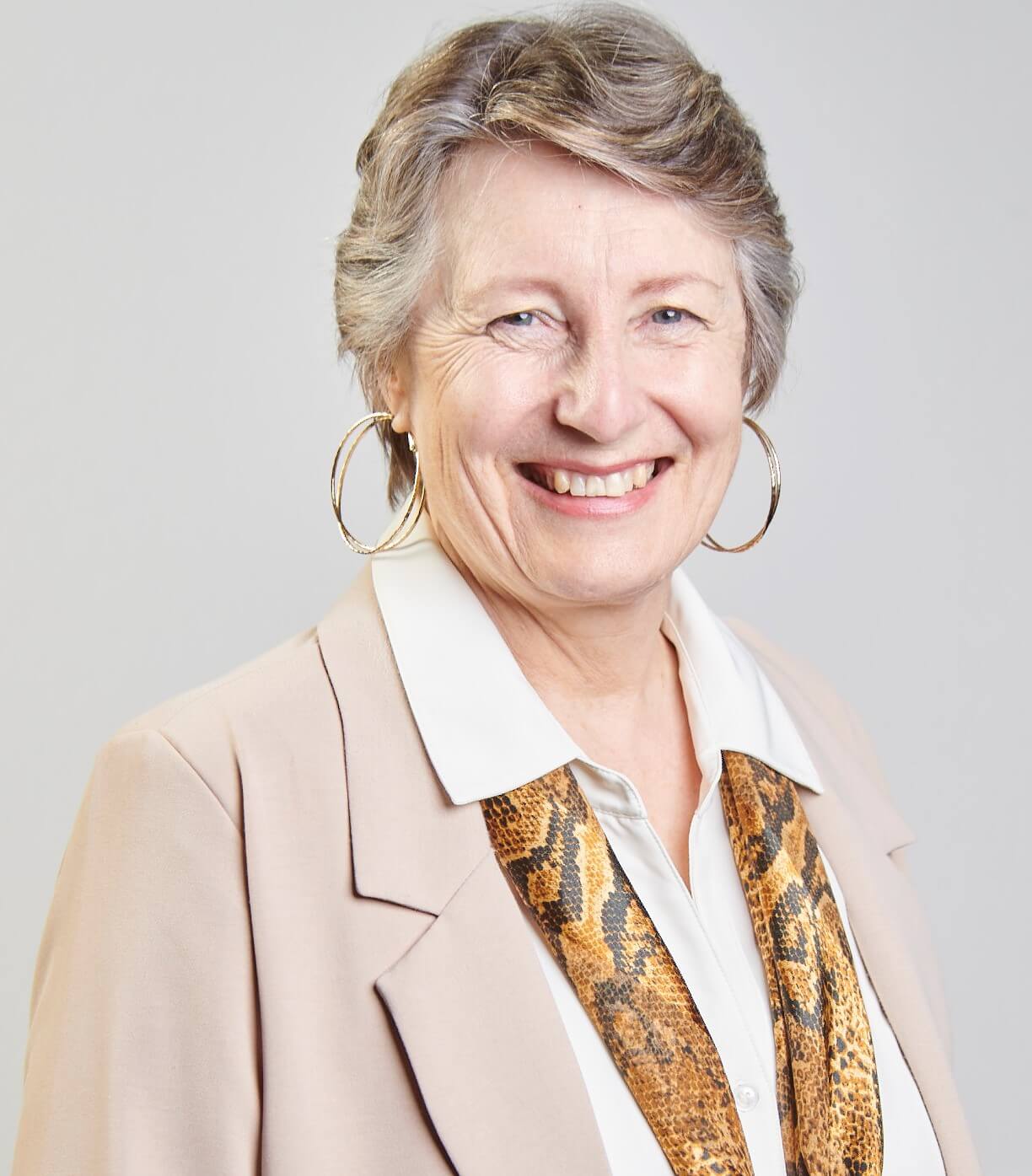
Debt, bills, overdue
With inflation running at 5.6%, down from a 30-year high of 7.3% just over a year ago, households and businesses face difficult choices about spending their money – and so do councils, writes Waikato councillor Crystal Beavis.
But councils face much higher inflationary pressure as they buy products householders do not have to, such as pipes, roading aggregate and asphalt. The costs of these products have risen much faster than the Consumer Price Index.
Price increases for products used in infrastructure are reflected in the Capital Goods Price Index which accelerated upwards from early 2021, hitting an annual increase of 12.5% in June last year before easing to 6.4% in June this year. This means there is an 18.3% gap between the cost of these materials now, compared with what councils planned for just three years ago. The gap in civil construction costs is a whopping 26.3%, with the largest increase being a 30% jump in urban drainage and sewerage system construction costs since 2020.
You do not have to take my word for it. Infometrics chief executive and principal economist, Brad Olsen, laid it out succinctly in an article in his economic consultancy’s August 2023 newsletter “Rapid cost escalation makes for difficult choices.” It is available online.
Councils are now working on their next Long Term Plan (LTP 2024-34) with a focus on the first three years starting in July 2024. Setting budgets and work plans to meet sensible targets for the next three years is proving challenging.
For Waikato District Council, the indicative cost of maintaining our infrastructure and services currently looks like requiring a double-digit general rate increase. To keep rates down we are examining what initiatives may need to be delayed or, possibly, levels of service reduced.
But there are items that should not be avoided any longer, such as upgrading the Ngaruawahia dog pound for $1.85 million to keep staff safe, maintain animal welfare, and meet legislated requirements.
With just 33,000 rateable properties, every rise or fall of 1% in the general rate is equivalent to about $780,000, so this council operates tight budgets.
For example, our roading budget is allocated the single largest proportion of general rates ($31.50 of every $100), but this no longer keeps pace with the rising cost of renewing one of the largest roading networks of any district council in the country.
We must maintain more than 2,400 kms of road, but inflation means we have not met our annual target to reseal a minimum of 5% of our roads for the last two years. We still meet targets for average quality measured by smooth travel – despite rising requests to repair potholes – but we are sweating our assets and recent weather events have strained our resources.
With the new government’s promise to repeal Three Waters’ legislation, your council is also now working on plans and joint (with neighbouring councils) recommendations to the government on how to proceed. Reform is still needed as councils cannot afford the massive multi-million-dollar investment required to cater for growing demand and higher legislated standards. Rate-based funding is likely to prove inadequate in the foreseeable future.
The council’s LTP workshops are open for the community to attend. Formal community consultation is expected to take place about March/April next year.

Photo by Monstera Production: https://www.pexels.com/photo/credit-card-on-smartphone-screen-near-debtor-documents-6289024/










